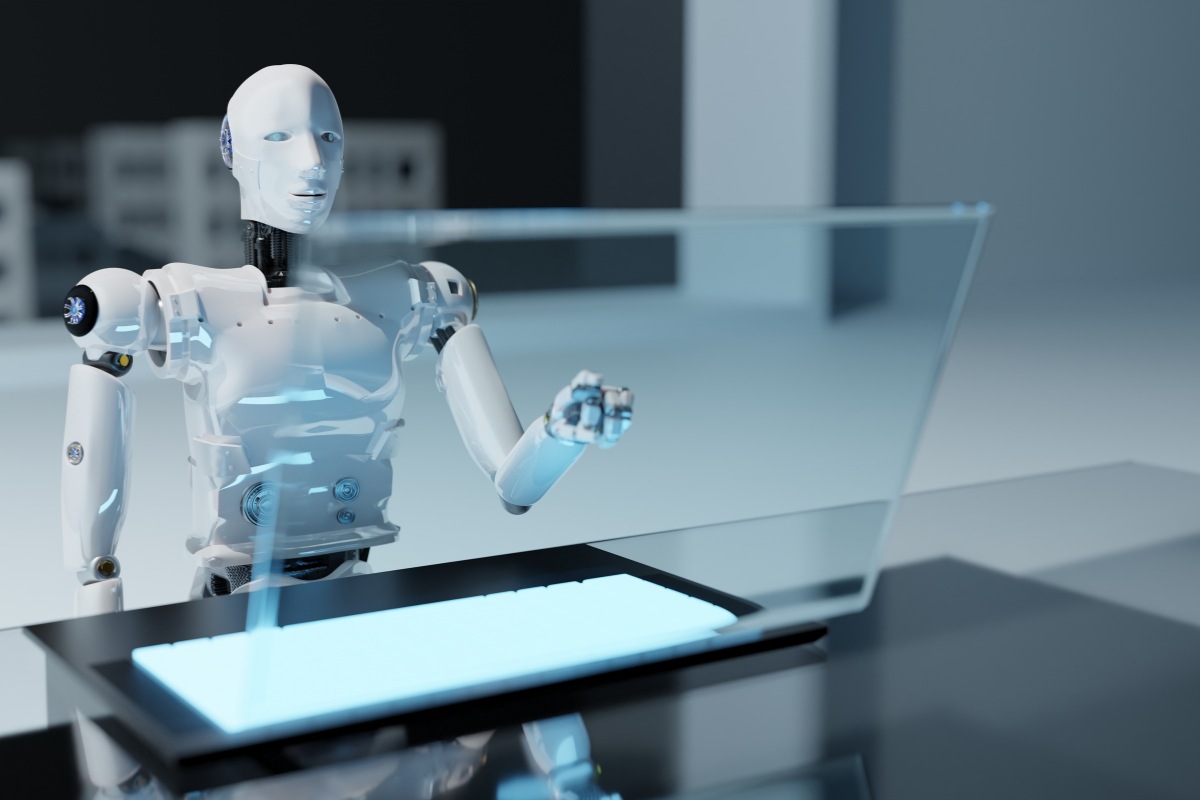
Navigating Complexity: The Role Of Enterprise UI In User-Centric Design
Posts by Alan TaylorNovember 15, 2023
In today’s fast-paced business world, enterprise applications are crucial for organizations. They improve efficiency and aid decision-making, but their complexity can overwhelm users.
User interface (UI) design is essential to simplifying this complexity and focusing on user-centered design.
This article explores how enterprise UI simplifies intricate systems and prioritizes the user. For more information please visit- enterprise UI.
The Essence Of User-Centered Design In Enterprise Applications
User-сentered design is a fundamental principle in developing enterprise apps.
It involves designing applications with the end-user in mind, aiming to create a seamless and intuitive experience.
In the context of enterprise UI, every element and feature should be geared towards enhancing the user’s ability to accomplish their tasks efficiently.

The Significance Of UI Design In User-Centric Design
1. Enhanced User Efficiency
Efficiency stands as a paramount factor in the corporate sphere. A well-considered UI design in enterprise applications streamlines intricate workflows, offering users clear navigation paths, intuitive icons, and succinct menus.
This, in turn, allows users to navigate the application swiftly, saving valuable time and minimizing frustration.
2. Iterative Design And Testing
User-centric design is an iterative process, and UI design within the enterprise context actively participates in this cycle.
It involves continuous testing and refinement based on user feedback, ensuring the interface evolves to meet changing user needs and preferences.
3. Usability And Accessibility
Enterprise UI design places a strong emphasis on usability and accessibility.
It aims to make the application easy for a broad audience, including individuals with various levels of technological proficiency.
This approach aligns with universal design principles, ensuring the interface is accessible to as many users as possible.
4. Empowering Users
User-centered design empowers users by simplifying complex processes and offering features that help them accomplish their tasks efficiently.
Enterprise UI design, in this context, plays a critical role in providing clear navigation, intuitive interactions, and a sense of control over the application.
6. Alignment With Business Goals
While focusing on user needs, enterprise UI design ensures alignment with overarching business objectives.
It balances creating a user-friendly interface and meeting business goals such as productivity, efficiency, and profitability.
7. Continuous Improvement
User-centered design is an ongoing commitment to improvement.
Enterprise UI design perpetually seeks opportunities for enhancements and optimizations, keeping the interface relevant and effective as the business landscape evolves.

Exploring Enterprise UI In User-Centered Design With Trusted Sources
Harvard Business Review
As a globally respected publication, Harvard Business Review (HBR) stands as an invaluable resource for anyone interested in delving into the world of enterprise UI from a user-centric perspective.
HBR is renowned for its in-depth articles and extensive research on various business topics.
You’ll discover numerous insights, including case studies that shed light on user-centric design principles and how they apply to enterprise UI.
With HBR, you will get access to cutting-edge insights from thought leaders and experts in the field.
Business Times
Business Times, a highly regarded source for business news and trends, offers rich information on enterprise UI and user-centered design.
This platform is the go-to destination for those seeking articles, analyses, and comprehensive reports that delve into the dynamics of enterprise UI with a focus on user-centered approaches.
Here, you can better understand how businesses adapt and thrive in a user-driven landscape.
The Future Of Enterprise UI In User-Centered Design
As technology evolves, so does the role of UI design in the enterprise space.
We can anticipate several trends that will shape the future of UI in enterprise applications:
AI-powered Interfaces
Artificial intelligence (AI) will be pivotal in shaping the enterprise UI landscape.
AI-driven interfaces will provide intelligent recommendations, automate routine tasks, and offer predictive insights.
This not only streamlines workflows but also empowers users with data-driven decision-making capabilities.

Seamless Cross-platform Integration
The future of enterprise UI will prioritize seamless integration across various platforms and devices.
With the increasing prevalence of remote and hybrid work models, UI design must ensure a consistent and smooth experience, whether employees work on desktops, laptops, tablets, or smartphones.
Voice And Natural Language Interfaces
Voice recognition and natural language processing will gain prominence in enterprise UI.
Users will interact with software through voice commands and conversational interfaces, making it easier to perform tasks and retrieve information quickly.
This trend will be particularly beneficial for hands-free and on-the-go operations.
Security And Privacy-first Design
With increasing data security and privacy concerns, enterprise UI design will adopt a “security and privacy-first” approach.
This involves incorporating robust authentication methods, encryption, and user-friendly privacy settings. Maintaining user trust will be paramount.
Conclusion
The role of user-centered design in enterprise UI is pivotal for simplifying complex systems and enhancing user experiences.
It ensures efficiency, accessibility, and iterative improvement while empowering users and aligning with business objectives.
As technology advances, user-centric design principles will remain at the forefront of creating enterprise applications that are not only functional but also user-friendly and adaptable to evolving user needs.
